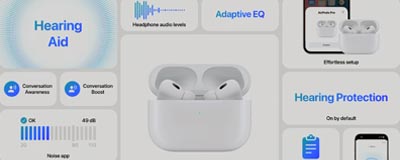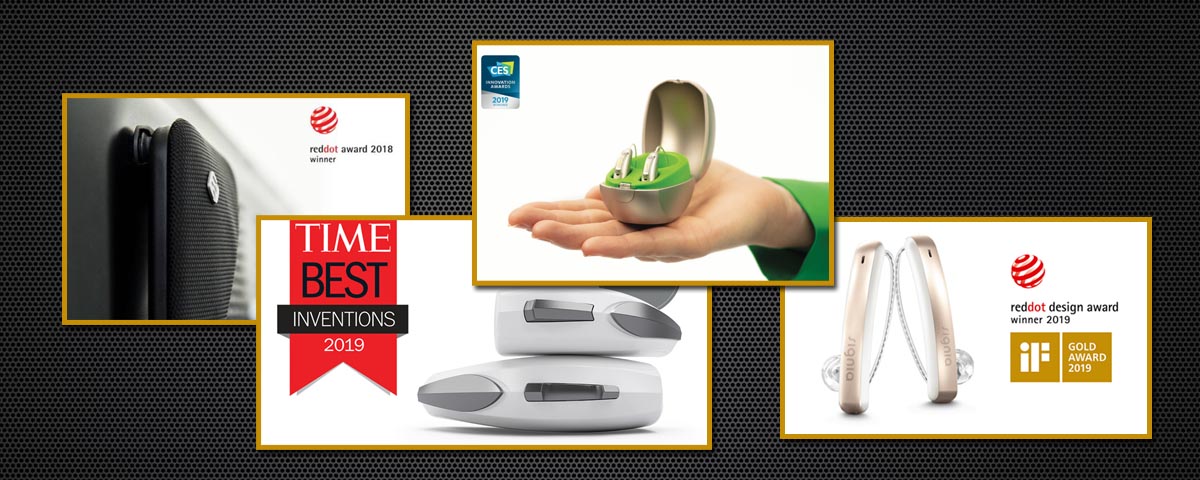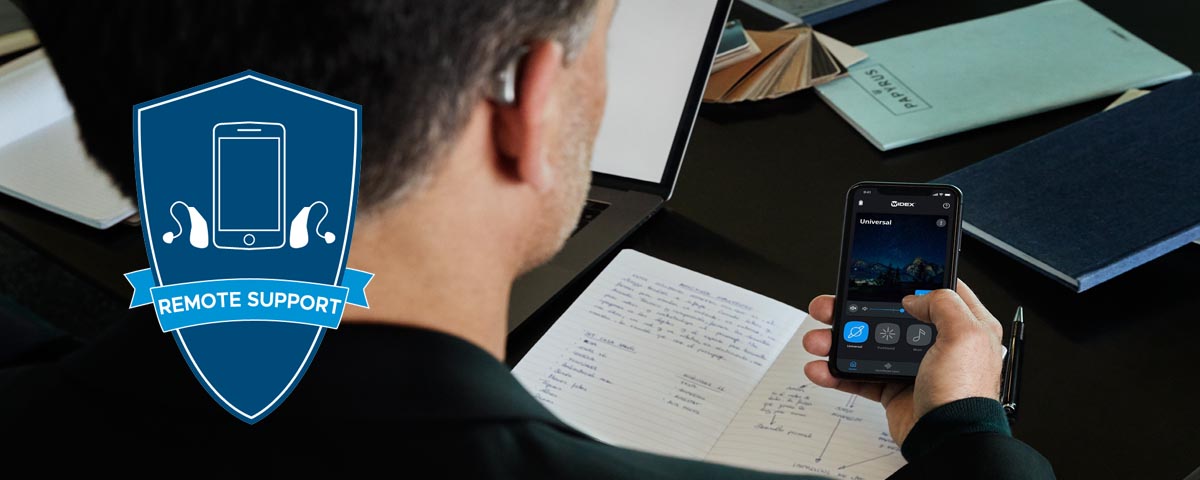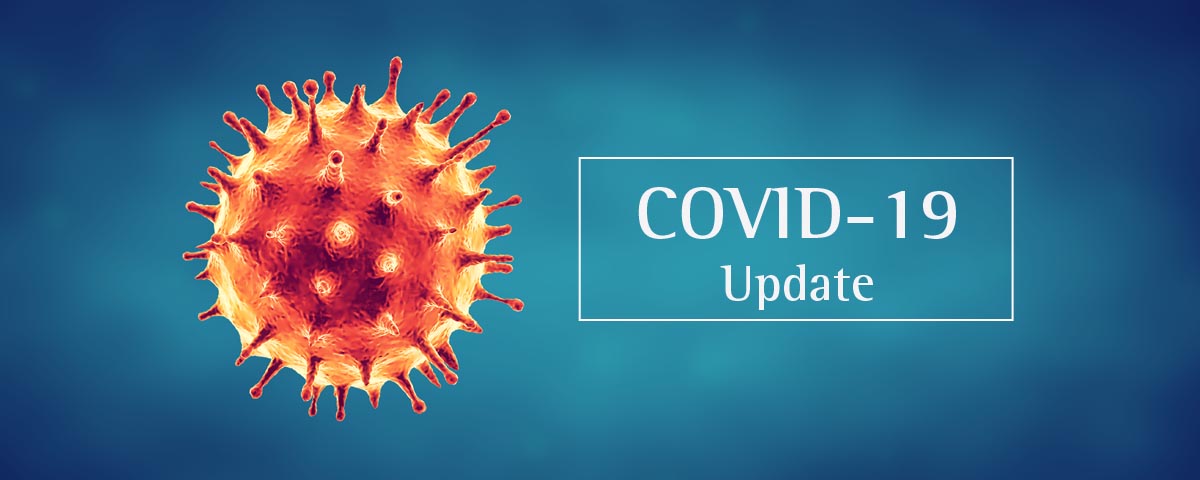ADHEAR is the newest non-surgical bone conduction hearing aid that has revolutionized conductive hearing losses. MED-EL is a company that researches and develops implantable hearing technology, primarily focusing on cochlear implants and bone anchored hearing aids. In 2017 they released their newest bone anchored hearing aid that didn’t require surgery which was a major revelation for this field.
Conductive Hearing Loss
A conductive hearing loss refers to the reduction of sound as it passes through the ear canal, ear drum, and the bones in the middle ear. There are several different factors which may cause this portion of the hearing system not to function at an optimal level. Conductive hearing losses are not candidates for the hearing aids that generally see on or in the ear. As a result, they require a system that sits on their mastoid bone (the bony process just behind your ear), which in turn vibrates the skull, activating the cochlea to deliver auditory information to the brain.
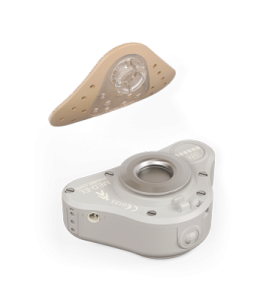
The Device
There are two components to the hearing aid. The adhesive pad, and the audio processor.
The single-use adhesive can be worn for 3 to 7 days and is completely water-resistant. For example, it can be worn during bathing, showering, and other water-related activities.
The audio-processor contains up-to-date microphone features and signal processing. The intelligent system automatically adapts to the user’s environment and can have four pre-configured programs that can be changed at the push of a button. The audio-processor is not waterproof and can easily be removed when needed. It is also typically removed at night.
The ADHEAR operates on a standard size 13 hearing aid battery that provides approximately 2 weeks of battery life per cell.
How it Works
Whether individuals are non-surgical candidates or opt-out of the surgical procedure, they now can receive conductive amplification through a device that is comfortable and cosmetically appealing. The adhesive pad sticks to the skin behind the affected ear. There is a small post where the audio processor attaches. The audio processor picks up sound waves through directional and omni-directional microphones and converts them into vibrations. The bone conducts the vibrations where they are perceived as sound in the inner ear.
The most impressive part about this technology is that it provides optimized sound transmission while avoiding many of the drawbacks and side effects of traditional surgical BAHA’s.
Am I a Candidate?
If you have a strictly conductive hearing loss or single sided deafness and ADHEAR interests you, please contact our office for a consultation appointment. Our team has recently received ADHEAR training and we have candidates currently trialing this device. So far their comments and results have been very positive.
*Images used are courtesy of MED-EL


